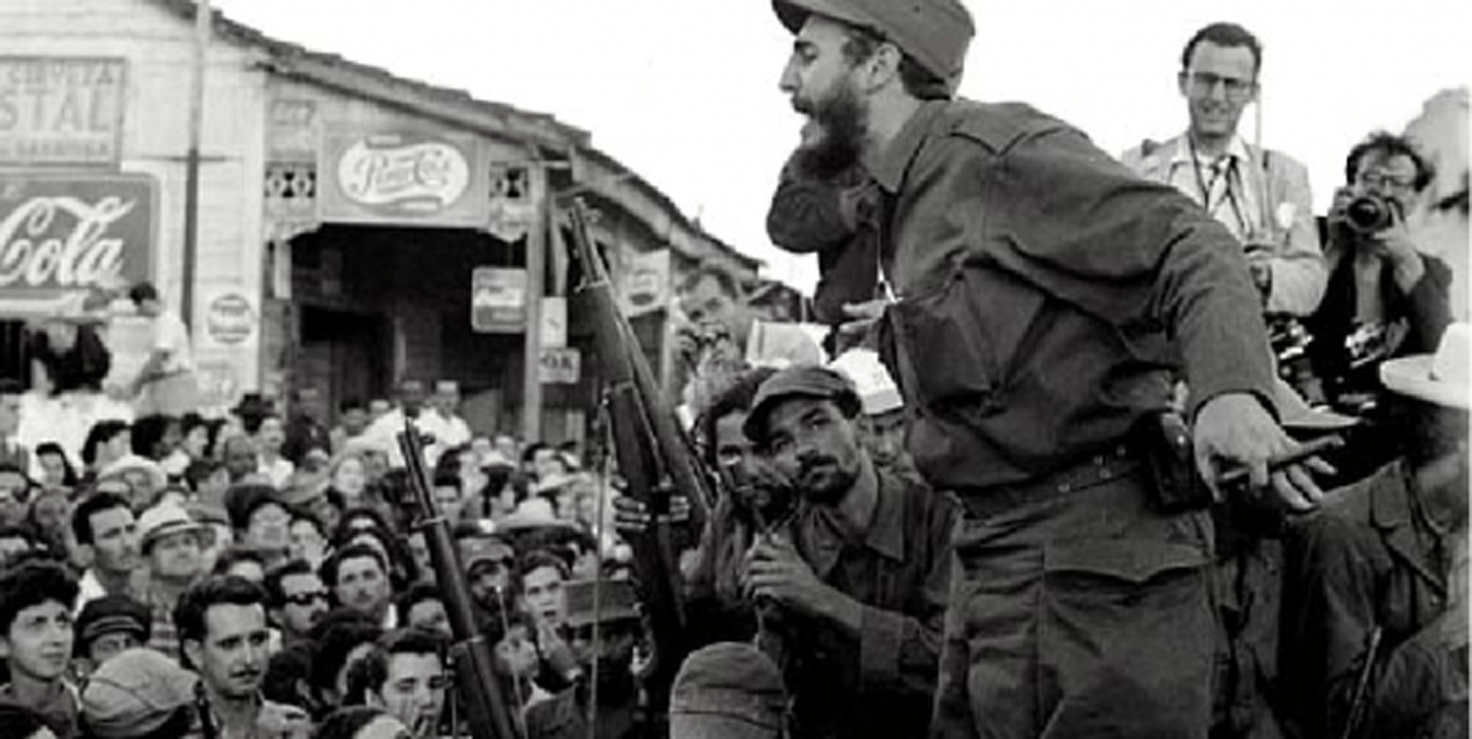Fidel Castro – Cuban Revolution of 1959
The movement known as the Cuban Revolution was an action orchestrated by Fidel Castro and a group of guerrillas to remove power from dictator Fulgencio Batista in January 1959.
Until Fidel's arrival, Cuba was a nation that served the United States. The main economic drivers, which are sugar production and the tourist industry, were in the hands of Americans. Because of the reigning American capitalism, there was poverty, unemployment and other social problems, common in underdeveloped countries.
This situation of domination and misery generated revolt among the Cuban population, who were ready to join the movement to change power. Fidel Castro was the organizer of the revolution against Fulgêncio Batista.
His intention was to eradicate US rule from the island, which involved corruption and exploitation of the working class. It is important to emphasize that Fidel was sympathetic to Marxist theories.
After an interrupted action and having been exiled to Mexico, in 1957, Fidel Castro managed to gather 80 revolutionaries, willing to take up weapons and face the Cuban troops in guerrilla tactics.
Therefore, the group seized the Cuban forest territory of Sierra Maestra. For two years, Fidel Castro, Raul Castro, Camilo Cinfuegos and Ernesto Che Guevara led the troops that faced Fulgencio's army.
With each conquest of a village, they used radio transmission to call people to the revolutionary struggle. The Cuban population joined the movement, a fundamental factor in the guerrilla victory. A large part of the population lived in a state of exploitation by North American companies, with few labor rights, reduced wages, unemployment and excessive working hours. Against Fulgêncio's government were the lack of public education, health equipment and infrastructure.
The advancement and conquest achieved by the revolutionary troops, which had the support of the Soviet Union, was notable for the USA and Fulgencio.
Fidel Castro and his army took power in Cuba on January 1, 1959. All of Fulgencio's rulers and allies fled before meeting the revolutionaries in Havana.
In power, Fidel Castro adopted measures that were considered revolutionary by, for example, applying the economic model called socialism to the island. There was expropriation of foreign companies, agrarian reform, investment in education and public health, tourist autonomy and the reacquisition of sugar exports. Everything became controlled by the State.
However, Cuba still lives under a dictatorship, with oppression of the opposition, control of the press and trials that culminate in the death penalty for traitors to the regime. Fidel Castro and his allies are the authors of the term 'wall', a place where opponents are sacrificed with rifle bullets.
After health problems in 2008, Fidel Castro, who spent more than 50 years in power, passed control of Cuba to his brother Raul Castro, who, to guarantee the survival of Cubans, began to rehearse economic opening that deviates from socialist rule.

